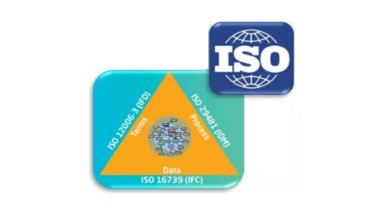Blog / BIM & Construction Management
Lean Construction Guide: Reducing Waste & Maximising Efficiency
Categories

In a rapidly evolving construction industry, staying competitive means adopting innovative methods that go beyond traditional project management.
Enter Lean construction, a methodology focused on reducing waste, optimising efficiency, and delivering sustainable, high-quality results.
As the industry embraces Lean practices, the global Lean construction market is projected to grow at a CAGR of 13.3% from 2021 to 2028, highlighting a shift towards more efficient, value-driven construction practices.
In this article, we’ll explore how Lean construction principles can revolutionise project efficiency and why mastering these skills is becoming crucial for construction leaders.
What is Lean Construction and Lean Management?
At its core, Lean construction is about maximising value and minimising waste. Adapted from Lean manufacturing, Lean construction focuses on creating a smooth flow of work, improving efficiency, and reducing unnecessary costs throughout the project lifecycle. Lean management applies these principles by emphasising value from the client’s perspective, removing non-essential activities, and fostering continuous improvement.
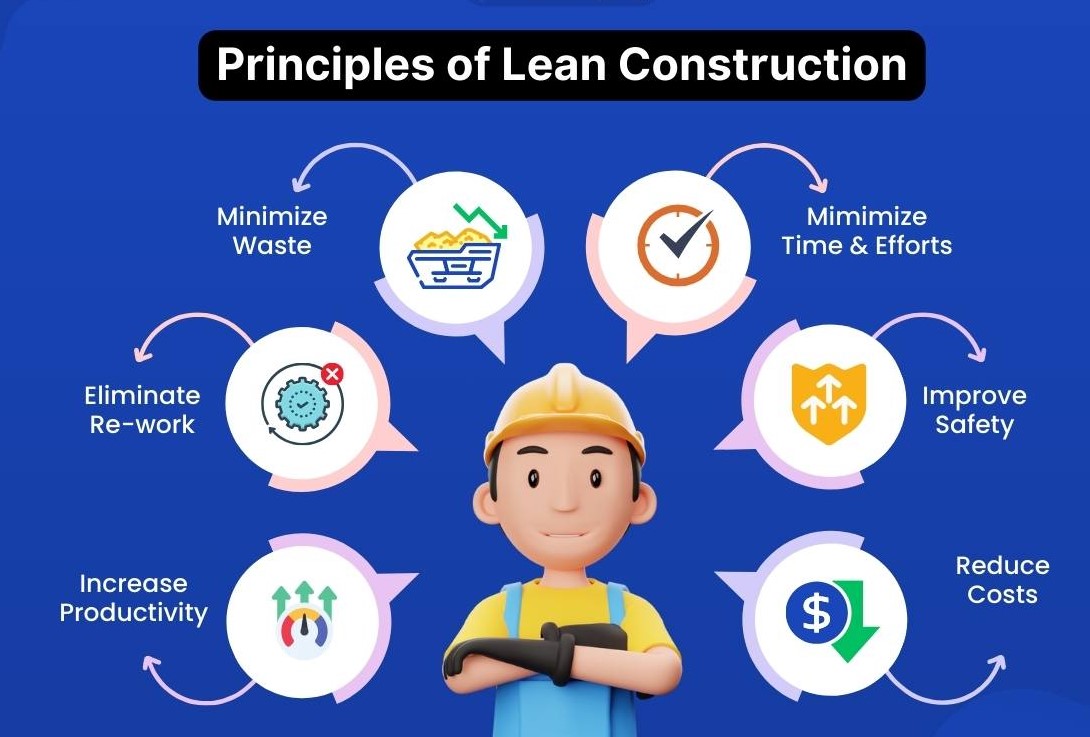
In Lean construction, everything from design to execution is streamlined to prevent common inefficiencies like overproduction, excess inventory, and miscommunication. The goal? To build structures that meet client expectations with fewer resources and minimal rework. Unlike traditional project management, Lean goes beyond task completion, focusing on long-term quality and sustainability.
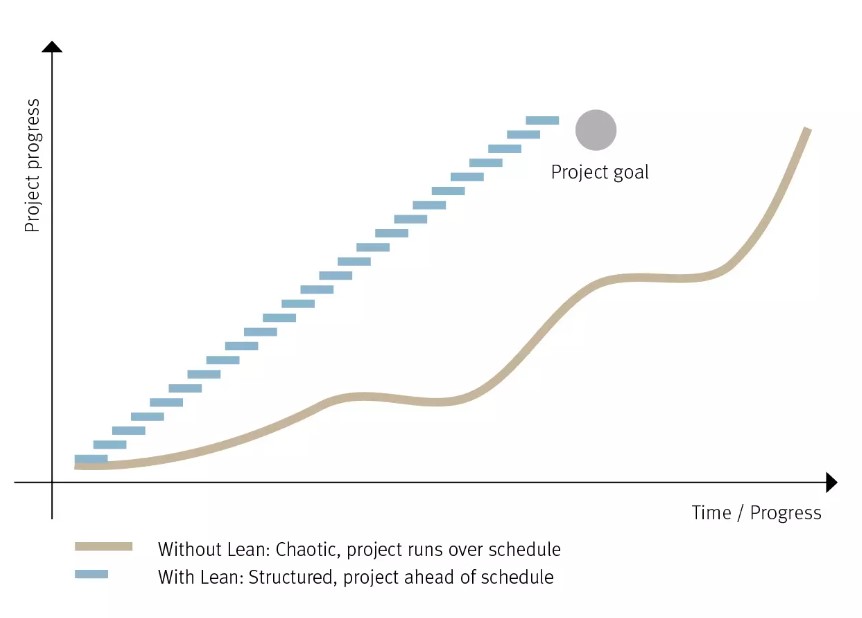
Lean vs. Traditional Project Management: What’s the Difference?
One of the main distinctions between Lean and traditional project management is the approach to problem-solving and value creation. While traditional methods often prioritise project completion on time and within budget, Lean construction seeks to create a flow that prioritises efficiency, agility, and collaboration.
Lean construction introduces Agile methodologies, such as Scrum and Kanban, which complement Lean principles by helping teams adapt to changing needs and maintaining project agility. Integrated Project Delivery (IPD), a collaborative project model, also fits well within the Lean framework by aligning stakeholders’ interests to reduce conflict and improve outcomes. This combination ensures that Lean construction leaders can manage both large infrastructure projects and smaller initiatives with improved responsiveness
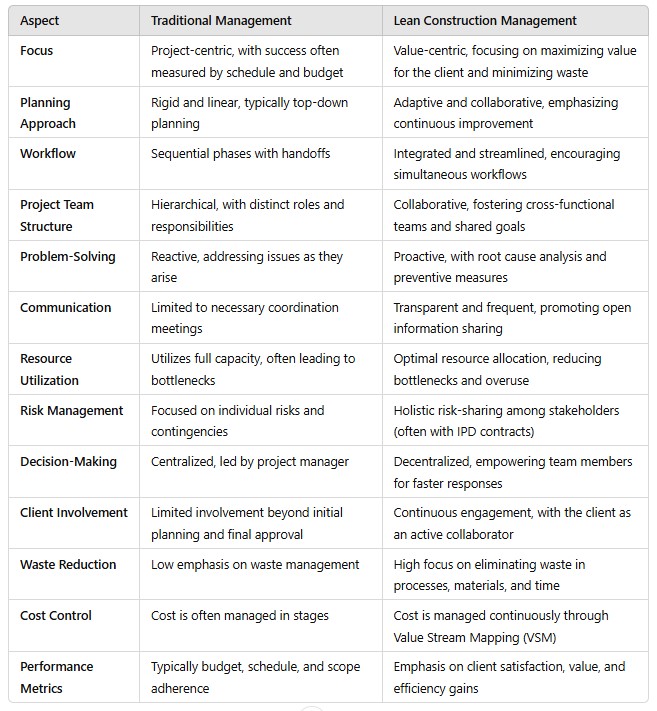
Key Lean Construction Methods and Tools
1. Integrated Project Delivery (IPD):
IPD is a contract-based model designed to align incentives across all project stakeholders, from architects and engineers to contractors and clients. By fostering collaboration and shared goals, IPD reduces waste, avoids duplicated efforts, and increases project efficiency.
2. Value Stream Mapping (VSM):
VSM is a powerful Lean tool for identifying inefficiencies across the entire project lifecycle. By mapping out each phase, project managers can identify waste and streamline processes for maximum value. VSM ensures every activity directly contributes to client satisfaction, reinforcing Lean’s commitment to value creation.
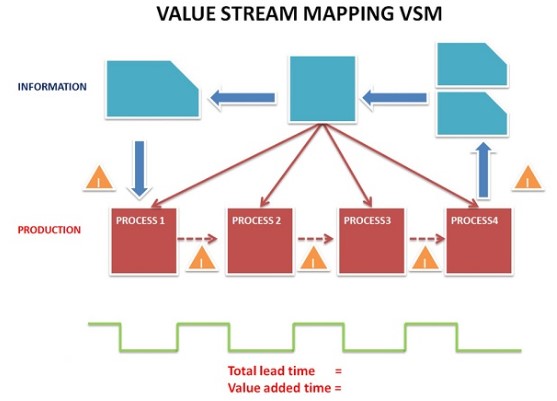
3. PowerBI and Generative AI Tools:
Integrating data and AI tools like PowerBI enables Lean construction managers to make informed, real-time decisions. PowerBI facilitates data visualisation, helping track project progress, monitor resources, and analyse bottlenecks. Generative AI goes a step further, offering predictive insights that can prevent delays, manage risk, and enhance overall project agility.
4. Location-Based Management:
This method organises tasks based on their geographical location within the construction site, minimising the movement of materials and labour across unnecessary distances. Location-Based Management enhances scheduling accuracy, reduces idle time, and ensures that resources are precisely where they need to be when needed, directly supporting Lean’s objective of minimising waste.
5. Planning with Agile (Scrum / Kanban):
Agile methods like Scrum and Kanban, traditionally used in software development, bring flexibility to Lean construction planning. Scrum allows project teams to work in iterative cycles or "sprints," which focus on completing specific parts of the project in a set time frame. Kanban, on the other hand, visualises tasks on a board to manage workflows and eliminate bottlenecks, helping teams continuously improve and adapt to changes in project demands.
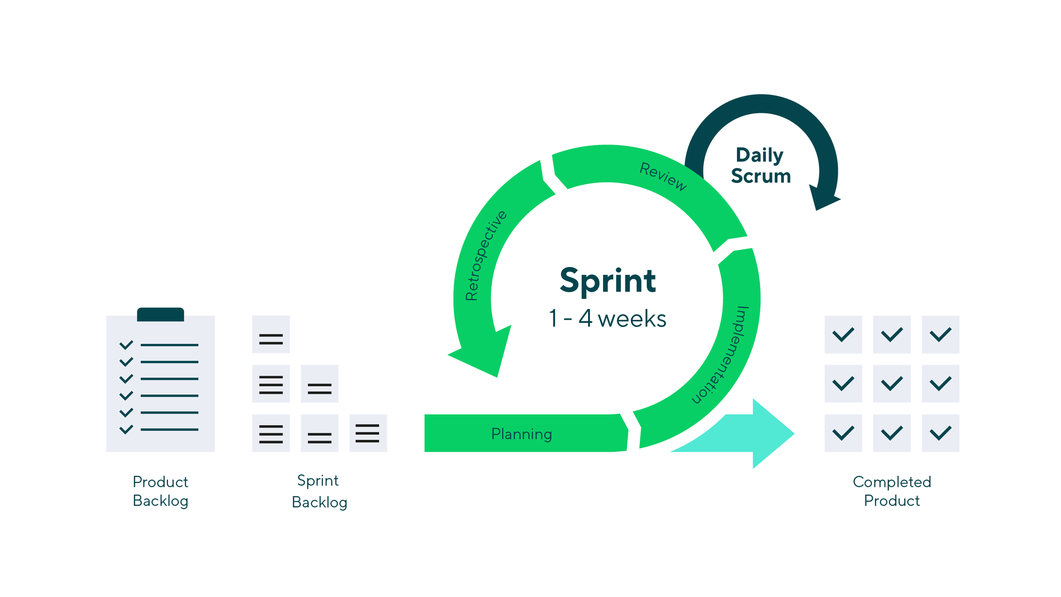
6. Lean Startup (for Strategic Business Vision):
Rooted in Lean principles, the Lean Startup approach is particularly valuable for architecture firms aiming to innovate while minimising risk. This method emphasises rapid experimentation, validated learning, and continuous refinement of design concepts based on feedback. By treating project phases as “experiments” and learning from each, architects and project managers can strategically shape the project to align with client needs, budgetary constraints, and market conditions. This approach acknowledges that architects, at the end of the day, are business people focused on delivering value.
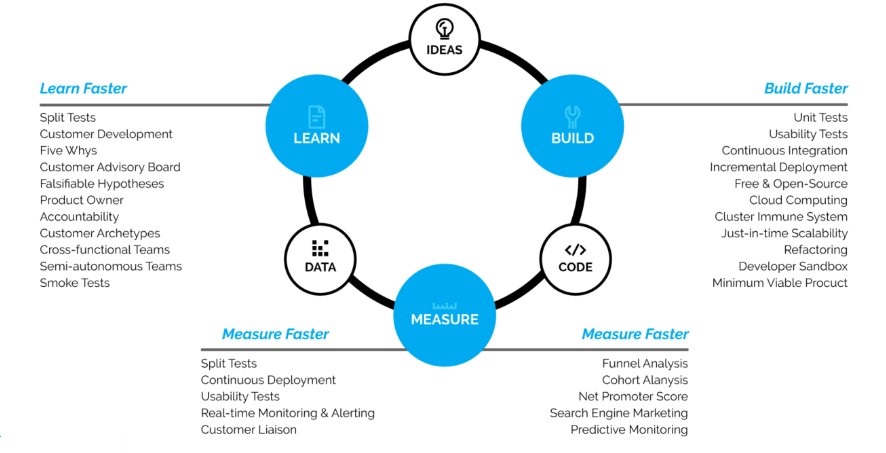
Implementing a Lean Management System: Key Steps
Transitioning to a Lean management system requires a strategic, step-by-step approach. Here’s how construction leaders can start:
- Define Client Value: Begin by clearly understanding the client's needs and expectations. Lean construction is highly client-centred, so aligning goals at the outset ensures that every project phase adds value from their perspective.
- Map the Value Stream: Use Value Stream Mapping to identify any processes or materials that don’t contribute to the client’s end value. By eliminating these inefficiencies, project managers can optimise every phase from planning to execution.
- Establish a Flow and Pull System: Lean emphasises creating a “pull” system, where tasks are initiated based on demand rather than pushed through a rigid schedule. Agile methodologies like Scrum and Kanban help streamline task completion, enabling teams to adapt based on real-time requirements.
- Pursue Perfection through Continuous Improvement: Lean is not a one-time implementation; it’s a commitment to continuous improvement. Regularly review processes and outcomes, encouraging all team members to suggest improvements that align with Lean values.
- Equip Teams with the Right Tools: Training in tools like PowerBI for data visualisation and Generative AI for predictive analysis ensures that project managers have the insights needed to make quick, informed decisions. These tools support Lean principles by offering data-driven insights, fostering a culture of informed agility.
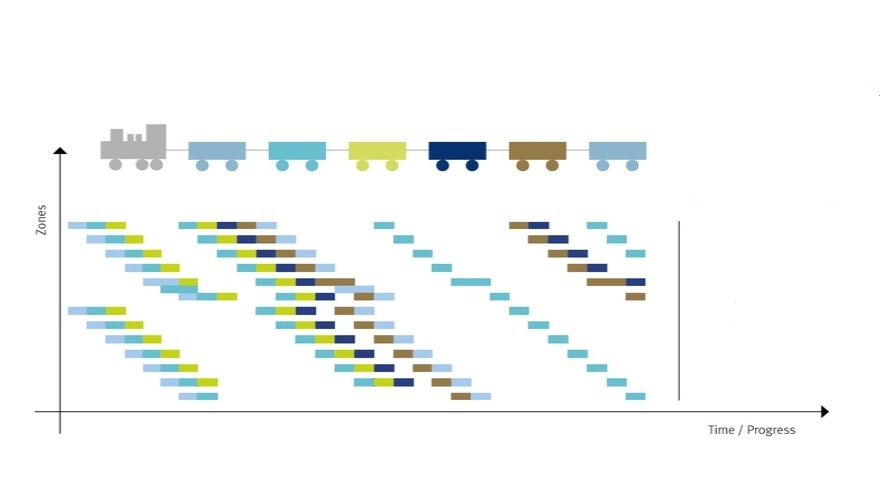
Lean Construction example: KHS&S Contractors
KHS&S Contractors, known for its interior wall and ceiling construction expertise, has applied Lean principles to streamline scheduling and material handling across complex projects. They rely heavily on the Last Planner System (LPS), a collaborative scheduling tool that allows project stakeholders, from subcontractors to crew leads, to coordinate tasks. By setting and tracking clear milestones with daily and weekly planning sessions, KHS&S has increased on-time task completion rates and mitigated delays caused by conflicting site access and resource bottlenecks.
To further enhance workflow, KHS&S uses tools like 5S and materials mapping for visual management. The company organises materials on-site using colour-coded tags and charts, which help crews quickly locate required resources, minimising downtime and material waste. Daily huddles ensure everyone is aligned on goals, enabling quick adjustments to address any emerging issues. This structured approach to Lean construction has led to significant gains in both productivity and employee engagement, as crews see firsthand how their input helps refine and improve project outcomes.
By focusing on task optimisation and empowering team members to identify improvements, KHS&S has seen marked reductions in project delays and increased adherence to project schedules.
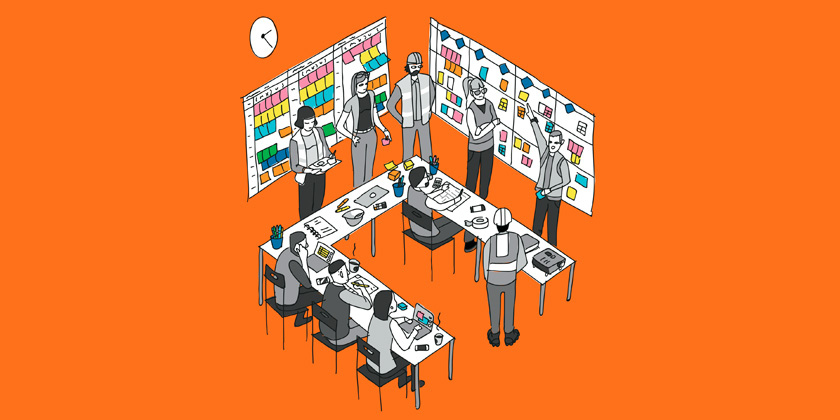
Conclusion: The Future of Lean in Construction
Lean construction is more than just a methodology; it’s a transformative approach to building smarter, more efficient, and sustainable projects. By focusing on continuous improvement, Lean enables construction leaders to tackle complex challenges with confidence and precision. The rising demand for Lean construction skills signals a pivotal shift in the industry, with more professionals seeking to adopt Lean principles for project success.
Transform Your Career with a Lean Construction Management Course
Take the next step in your professional journey by mastering the principles of Lean Construction. Our Lean Construction Management Course equips you with cutting-edge methodologies like Value Stream Mapping, Integrated Project Delivery, Agile tools, and advanced data-driven strategies like Power BI and Generative AI. Designed for forward-thinking construction leaders, this course empowers you to reduce waste, optimise efficiency, and lead high-impact projects that set new benchmarks in the industry.




